Happiness is yellow: why neurodivergence can drive creativity - Guest Post by Allegra Chapman
Creativity can be a powerful tool for neurodivergent individuals to navigate a world that often fails to recognize their diverse perspectives, providing a platform for authentic self-expression.
Thank you for being here at Create Me Free where I explore the complex relationship between art and mental health. This work only continues with support, so consider subscribing. Learn more about what that means here.
I love when I have the opportunity to share guest posts from smart people who are writing along the same themes that I am but of course doing so in their own unique ways. Today we have a post from of .
Allegra generously participated in my virtual book tour a few months back, hosting a guest post from me about how I came to the work that I’m doing, beginning with crochet as therapy, moving into art as therapy, and eventually exploring the shadow side of the relationship between art and mental health.
She and I have exchanged some thoughts about neurodiversity and today I’m happy to share something she’s written related to how creativity sometimes becomes a powerful tool for neurodivergent individuals to navigate a world that often fails to recognize their diverse perspectives, providing a platform for authentic self-expression and understanding.
A Little About Allegra
Allegra explores the nature of happiness, the ways in which seasons and the cycles of nature affect human emotions, and “how we can use creativity to tune into our own emotional needs.” She shares weekly prompts for subscribers to use in our journaling / creative practice.
She shared in one of her posts:
As someone with ADHD and who has struggled with mental health challenges my whole life, my brain is a busy, noisy and very crowded place to be. So I wanted to talk a bit about what it means to create with a neurodivergent mind.
And she’s sharing more about that concept here with us today. She also shares a bit about synaesthesia, which is something I’ve always been very fascinated by but haven’t known a lot about. And I got to find out what color my name is in her creative brain!!
GUEST POST: Happiness is yellow: why neurodivergence can drive creativity by Allegra Chapman
Neurodivergent people are highly represented amongst creatives. Around 15-20% of the human population are neurodivergent, yet the rate of neurodivergence amongst creatives is thought to be more like 30-40%. What’s going on there? Why are so many neurodivergent people getting creative?
Of course, not all neurodivergent people are creative. I don’t want anyone to be pigeon-holed by a label, and I resent when people make generalisations like “all people with ADHD are creative” or “autistic people are great at details,” as if every neurodivergent person is a two-dimensional being drawn to certain specifications. You’ll have heard the saying, “If you’ve met one autistic person, then you’ve met one autistic person,” and I think the same is true of all neurodivergent people. I’d go so far as to say, if you’ve met one human, then you’ve met one human. We’re all unique, and we all experience the world in a different way. None of us can ever truly understand someone else’s reality, we only really know the world from inside our own heads.
But. Neurodivergent people are people whose cognitive function - and therefore the way they experience and respond to the world - falls outside the range which is expected by society. There are therefore particular challenges to interpreting and interacting with our society that have been created for neurodivergent people because the system just isn’t prepared for us. That’s a choice in our society, and one that we could, collectively, overcome if we wanted to - the way society is set up could easily be adjusted to make room for neurodivergent people, but that’s a topic for another day! What I want to focus on here is how that different way of processing the world impacts on creativity.
Neurodivergence is a broad term. It includes people with autism, ADHD, dyslexia, dyspraxia, dyscalculia, depression, anxiety, OCD… and so much more. It’s a highly diverse group of people, so it’s impossible to generalise. Plenty of people under this umbrella will be living their lives without much concern for the creative process at all. Yet we can see that a significant number do turn to creative outlets. And I have two hypotheses for why.
Existing on the edges
Firstly, those challenges that society puts in the way are frustrating. The fact that they’re unnecessary can make them feel vindictive, and it can feel as though society is saying that there is something wrong with you, something undesirable about you. What do you do when you can’t fully participate in mainstream society, and/or you feel that mainstream society is against you? You find an alternative. As someone with ADHD and depression, who often felt alienated and alone, I found my natural home with the outsiders. Creativity has long been the natural home of the misfits, the counterculturals and the radicals.
Telling stories, through whatever medium you choose, is a powerful way to help people imagine an alternative future or relate to an experience that you want to highlight. It can allow people within the mainstream to put themselves in the shoes of a marginalised or excluded person and see where the system has failed them. Stories and art get into our minds and souls in a way that facts and data never can. When I worked in fundraising, I worked for a large national cancer charity here in the UK. They were surprised to find that the incredible stats they had on the rates of cancer in the population, and the increase in survival that their work was driving, didn’t have the big impact on driving donations that they’d expected. But when they started telling the personal stories of people who had survived cancer because of their work, who those people were, and the lives they were now able to lead, the money flooded in. Stories drive impact. Stories drive change. That’s why the poets have often been political. The two have a powerful relationship.
Seeing it all differently
For the second point, let’s return to the definition of neurodivergence. It is people whose brains work in a way that is not expected by society. People whose ways of experiencing the world are “different” and “unexpected”. If the very way that we see the world is different to everyone else, it’s not surprising that we come up with unusual and striking ways to express our experiences.
I have synaesthesia, which means that, in my brain, words have colours. “Allegra” is yellow. “Brain” is a dark purple. “Kathryn” is a dark burgundy (just in case you were wondering, Kathryn!). Who knows why - some of it is probably unconscious associations, some of it might be purely random. But it means that my experience of language is different to people for whom words are just… letters. I only have a mild form of synaesthesia - the colours usually only appear if I concentrate on a word or if one particularly stands out to me. Some people have a firework display going off in their mind’s eye whenever they hear someone talking or they read a book. Synaesthesia can also manifest in a wide variety of other ways - not necessarily with colours and words. It refers to any way that one sensory input triggers an unrelated sensory response. Some people see sounds, hear colours, taste music… It can make the way we describe the world highly sensory and vivid, and we make connections automatically that wouldn’t occur to other people.
What’s interesting, though, is that neurotypical people can relate to the way we’re describing the world. If these connections made sense to no one but us, there’d be no market for our work. But since neurodivergent writers, artists and creators of all kinds are building huge audiences and gaining immense popularity, we have to assume that a lot of people find something that speaks to them in this work, despite differences in their direct experience of their environment. You might never have consciously thought that happiness is a word that sparkles like early morning sunshine that is too bright for your eyes and so forces you to look down at the pavement and watch the joyful glow dancing on the ground before your feet, but when I say it there is something in your subconscious that says, “yes, this feels right”. (Or at least in enough people’s subconscious for me to find a decent readership who don’t consider me impenetrable!)
We often talk, in writing circles, about how there’s nothing new under the sun. Allegedly there are only seven types of story in the world, so we’re often going to be covering ground that has been well-trodden in the past. The key to being an impactful writer is finding a way to tell that well-known story in a new way; in a way that strikes people in a fresh and vivid way, in a way that feels real. Having a brain that works differently, that sees the world differently, might provide an advantage in telling stories in new ways.
Finding our voices
These two factors combine together, too. When we’re denied access to mainstream society in so many ways, when we’re denied a voice, denied influence, we look for alternative routes. Everyone needs to be heard, to be validated, it’s a burning human need. We want to be seen, to be known. We want someone, anyone, to look at us and say, “yes, I recognise your experience, your feelings, and they matter”. In being forced outside the more typical ways of being in the world, we’re forced on a quest to be seen and heard in more unusual ways. We have to be, ahem, creative in the way we go about it. And, since our brains are set up to operate a little differently, that creativity comes naturally to us.
Creativity is a powerful tool for healing, as well. Mental health issues are a form of neurodivergence in themselves, but people who are neurodivergent in other ways (who are autistic, who have ADHD, who are dyslexic, etc.) often experience mental health challenges on top. It’s not surprising, really - when you’re trying to exist in a world that isn’t set up for you, when you’re trying to navigate systems that seem to have been set up in direct opposition to how you operate, when you’re being told that your way of seeing, and being in, the world isn’t “normal” - that it’s “divergent” from the norm - and therefore that the very core of who you are as a person isn’t quite right and doesn’t quite fit in, honestly I think you’re an exceptional human being if your mental and emotional health doesn’t buckle under all that weight.
Furthermore, due to how little neurodivergence is understood, a huge number of people go undiagnosed. Girls, in particular, learn to mask very effectively from a stunningly young age, and most research into neurodivergence has been done with boys, so the ways that girls exhibit their neurodivergence is often missed. That’s not to say boys aren’t misdiagnosed too, because they are. A lot of people are now realising, as adults, that they’ve been mislabelled as having a mental health issue their whole lives, when really the problem was that they were neurodivergent, being forced into a box that they didn’t fit into, and no one was showing them that there was a way of living life that would work for them.
I was diagnosed with depression at the age of 12. I was also labelled as a perfectionist, a bit scatty, and over-emotional. All classic ADHD mis-labelling, I now realise. But it wasn’t until I was 37 that I worked out for myself that I have ADHD. I then had to battle with the medical diagnosis system - a system, in the UK at least, that feels like an obstacle course specifically designed to challenge neurodivergent people. Did I ever really have depression? Or was that a misdiagnosis? I can’t say for sure, but there’s no doubt that I do struggle with bleak moods and periods of despair at times. I do, in short, get depressed. Would I have had such a long battle with depression if I’d understood who I was and how I could exist in the world sooner? I can’t say that either. Perhaps I just have ADHD and depression. Perhaps I became depressed because of how difficult I found the world to manage with undiagnosed ADHD. Either way, there’s a lifetime of challenges and of not understanding who I was to unravel there, and creativity has been highly valuable in my healing journey.
A number of neurodivergent people turn to creativity to help them process their experiences. It can be a tool for making sense of the world, for understanding how we really feel and what we truly think in a world that tries to construct a narrative for us without giving us space to understand why it doesn’t feel right. Creativity allows us to explore who we are and give shape to our own narrative. Ultimately, it helps us find our voices. Through creativity, we can be our authentic selves and show up in the world, free from society’s constraints on us. We can speak our truths. We can be heard. We can take up space in the world, without needing anyone else’s permission.
In a world where a society that excludes us tries to define who we are, creativity allows us to tell our own stories. We’d love it if you’d sit with us for a while and listen.
writes I Am Happy, which explores the nature of happiness, and the power of creativity for healing.Some of my favorite posts from Allegra include:
My post on Allegra’s page:
Housekeeping:
PLEASE HELP ME MEET MY GOAL:
My goal is to find 1000 people who are interested in subscribing to this work at a rate of $100 per year. This shows the world that we as creatives believe artists and writers can and should earn six figures. I practice artistic tithing, meaning that at least 10% of my income automatically goes to support other artists, writers, makers, creatives, performers, etc. So if I meet my goal, we keep at least $10000 of that right in the creative community. I also make every effort to continuously encourage, support, share and promote the work of others.
$100 per year feels like a lot. But it works out to less than $2 per week.
I’ve updated what Create Me Free is all about and what to expect here, including what paid subscriptions are about. Read that here.
On a really tight budget? Learn about my Pay What You Can option here.
I’ve created my Table of Contents where you can see all of my post types and the posts available in each one.
I’ve made it so that you can opt out of the types of posts here that you don’t want email notifications for. Learn more here.

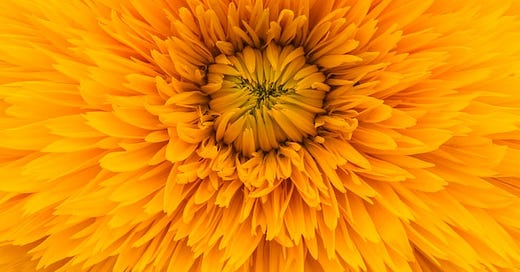






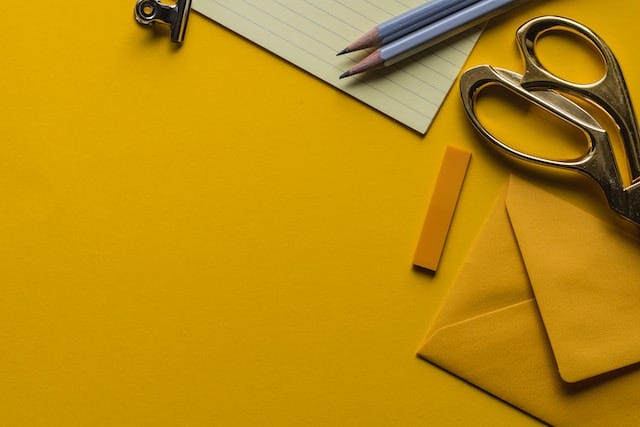
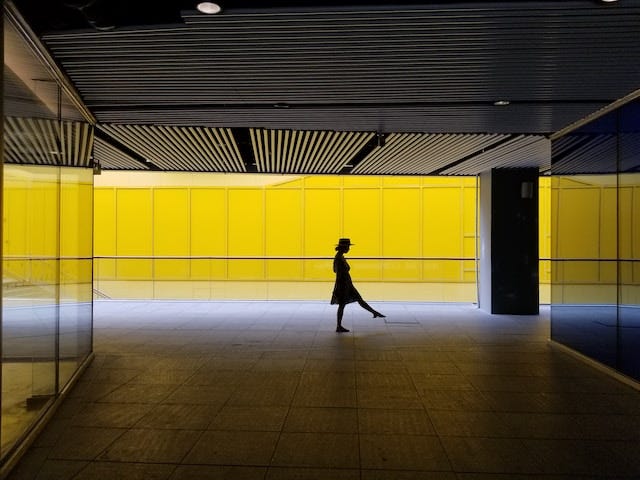
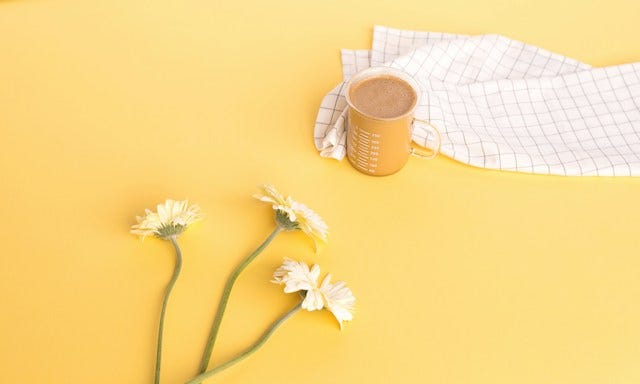

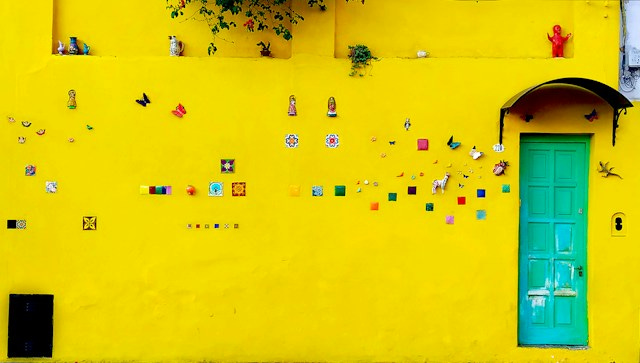
"In a world where a society that excludes us tries to define who we are, creativity allows us to tell our own stories. We’d love it if you’d sit with us for a while and listen." 🙌🏻
WOW!!! and THANK YOU!!!
I know there are probably other more inspiring words to use, yet those come to mind first. Thank you Kathryn for you Create Me Free publication and thank you Allegra for this beautiful powerful piece of writing. I am sitting feeling something deep inside and I am grateful for that.